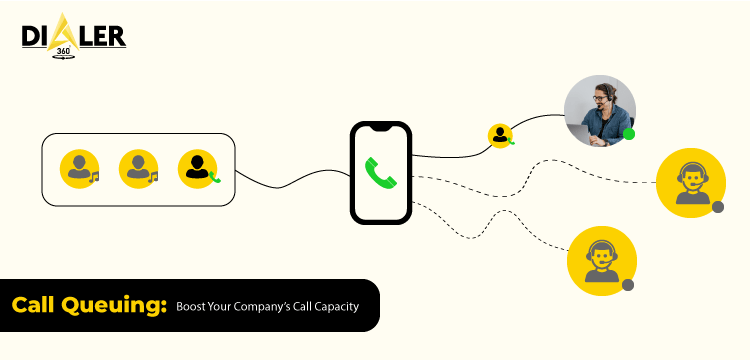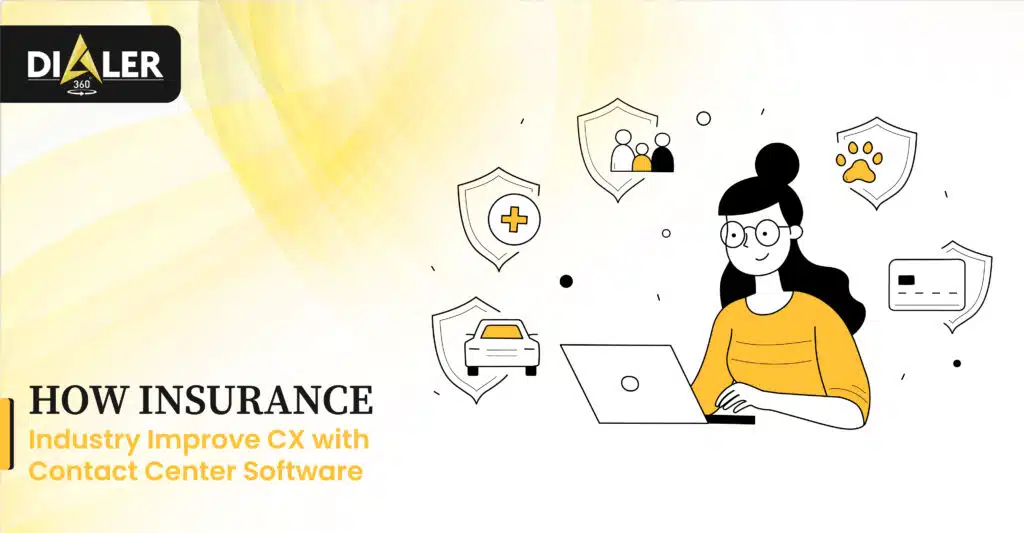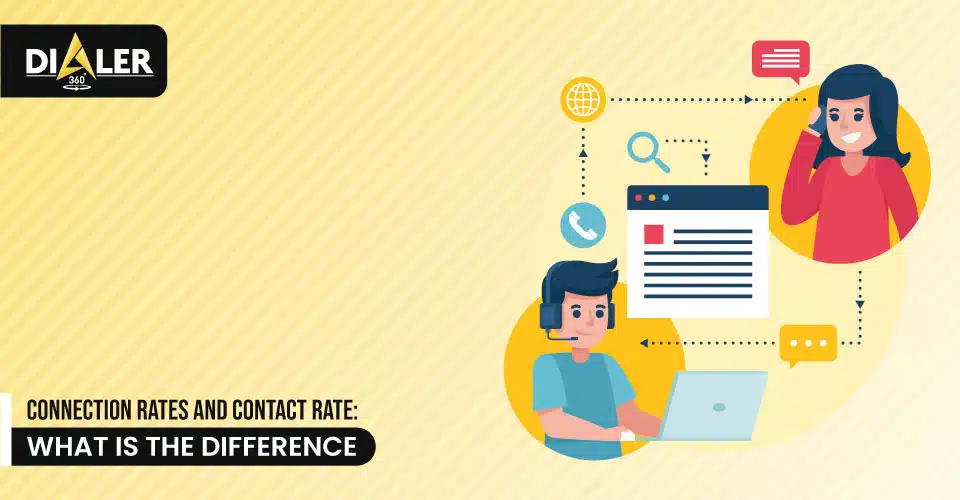Call queuing is making your business well-organized. Good call queuing enhances the agent’s efficiency and no more hold time. While poor call queuing encompasses the hold time as well as minimizes the agent efficiency. Besides this, it leads to a negative customer experience.
What is called queuing?
A call queue is the feature of the business phone system. With the help of call queuing, you can handle the incoming calls when agents are busy with other calls. Moreover, in this way short hold time and you can improve your company’s call capacity. Callers listen to some music and announcement when a call is on hold.
Call queueing allows you to respond to the topmost demand without sophisticated cost. Businesses implement the strategy of call queuing to improve their customer experience. Calls are placed in lines and would not be lost.
Significance of call queues
Call queues mostly are used in the call center industry because this industry handles more calls in a short period. So, the average person probably never used this strategy. It reduces the wait time as well as sets priorities.
Companies prefer this to handle the large volume of calls and limit them from being sent to voicemail. Customers are never bored when their call is on hold because they listen to promotions and some interesting music. Furthermore, it boosts the inbound call campaign performance and more calls are answered. It plays a great role in the customer experience approach. Optimize agent resources as well as maximize the ability to strengthen the relationship with customers.
Workflow of call queuing
The working method of call queuing is basically on six steps criteria that start when a customer places a call to your business.
These six steps are as follows:
1) Following business rules
The first important thing that is considered in the call queue is following the business schedules. A definite path is followed by a queue system that depends on if the call is received.
2) Pre-recorded acknowledgment
When placing the calls, you frequently hear a pre-recorded message as an alternative to standard phone calls. These greeting calls or messages are automatically played when a call is received. These greeting messages can be customized that is up to you. You can record your desired greeting message that grasps your customer intention.
The key information that is included in this message is given below:
- Name of business
- IVR menus that collect data from the client
- Information regarding agent availability
- Preferences languages
- Hold messages
3) Automatic Call Distribution:
This is a business phone system feature that accepts every inbound call as well as distributes them to an accessible agent. Automatic call distribution (ACD) follows the present call routing rules because it is necessary to connect the caller to the proper representative via using the first in first out method.
In this method, the first queued call has high priority as compared to others and this is sent to the available agent firstly. Besides this, considering the difference between IVR and ACD (Automatic Call Distribution) is necessary.
IVR collects the customer information that identifies that where calls will be sent. Customer information includes customer name, department, and reason for the call. After that, ACD sends and distributes these calls to the appropriate agent as well as the department. This is done based on IVR collected information.
4) Call Routing:
Call routing is the most important strategy in the call queuing process. Because it identifies which call is connected to the agent and the agent speaks what. In this strategy, different types of call routing include such:
- Round robin
- Skill-based
- Time-based
- Sequential
These all types are the best routing types as well as it depends on you that you can pick according to your need.
5) Call Handling
When we discuss call queuing then call handling is the significant part because it permits you to further postulate the way calls are managed.
It comprises different options such as:
- External number forwarding
- Call Park
- Shared Voicemail
- Multi-level IVR
- Real-time ringing
6) Real-time monitoring:
This step includes the live view that provides intuition into the number of callers in the queue, the number of agents that are currently speaking to a client, available agents, average hold time as well as queuing data by department.
In this way, you can optimize the queues and diminish the wait time.
Advantages of call queues
If you want to set up your call center industry then it would be awesome because every voice call, gets answered as soon as possible. Here are some advantages of call queuing those businesses get by employing this:
- Reduce the customer wait time
- Engage the callers until the customer connect the call
- Improve productivity
- Allocate the work to your team members fairly
- Less call abandonment rate
- Support agents
- Reduce Stress
- Organize data without feeling rushed
- Customer satisfaction increased
Why do companies prefer call queues?
Customer communication is the most important feature in companies. So, to make it better and get the best customer experience. To accomplish this purpose, companies prefer call queues because when the call is hanged up and customer wait is too long. Customers who try another channel like mail or chat want to connect with you again. These contact chances are very less that’s why customers want to contact you via call and communicate with your live agent.
Customer hanged call rate is called abandonment rate. When this rate is high then you will need to increase the number of people that answer your phone. The formula of abandonment rate is:
Abandonment rate=Total number of calls in the queue/Number of drop calls
However, employing call queuing decrease the number of hanged calls and ultimately you reduce the abandonment rate.
Call queue best practices
Set up the call queue process to line consumers up in the order. As well as this order incoming calls are received. Moreover, you use queue callback where customers get a call back while keeping their place in the line, rather than call holding.
Allocate business hours recording because customers don’t waste their time in calling when the agent is not available.
Establish an IVR system that allows the customers that they get an answer even agent is not available. This feature is great for handling routine requests. Utilize RQT (Respect queuing time) that limits the call queue time.
By utilizing this approach your hold call experience will not be miserable.
Conclusion
Call queuing is the process that reduces call frustration. Callers identify the problems and address the issues. So, at the end of the day, all of this work together to increase customer experience. Must employ this to improve your system and enhance the customer practice.






